Feathered dinosaurs are rarely out of the news and are a regular topic for our blog. For those in the UK, there’s a rare opportunity to see some of the original feathered dinosaur specimens this summer in Nottingham.
The exhibition – Dinosaurs of China: Ground Shakers to Feathered Flyers – opened on 1 July at Wollaton Hall, home of the Nottingham Natural History Museum. The ground-shaking sauropod Mamenchisaurus, mounted 13.5m tall in a rearing pose, is a spectacular centrepiece. But, from a scientific perspective, it’s the much smaller dinosaur specimens, from the 125-million-year-old Jehol biota, that are the real stars of the show.
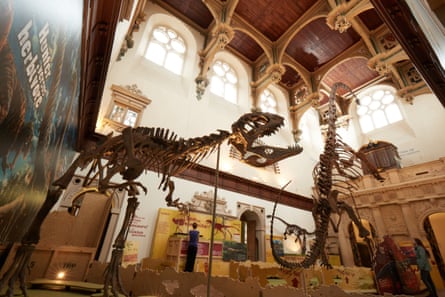
Sinosauropteryx was the non-avian dinosaur which started the feathered dinosaur revolution when it was described in 1996. Evidence of downy feathers can be seen on the original fossil on display, preserved in exceptional detail in fine-grained ash. Evidence from melanosomes has even enabled palaeontologists to infer that Sinosauropteryx, a dog-sized compsognathid theropod, had an orange and white striped tail.
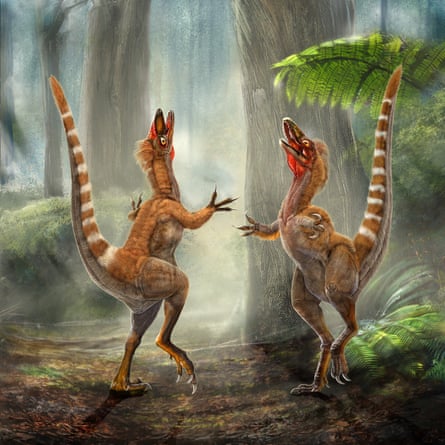
Sinornithosaurus is another fuzzy theropod on display. The cast shows both tufts of filaments over the body. Crucially, Sinornithosaurus also had a second type of feather on its arms, with rows of filaments stacked along a central vane. While they lack the hooks which join the flight feathers of modern birds together into a single unit, these feathers may have allowed this dromaeosaur (a relative of Velociraptor) to at least glide, if not fly.
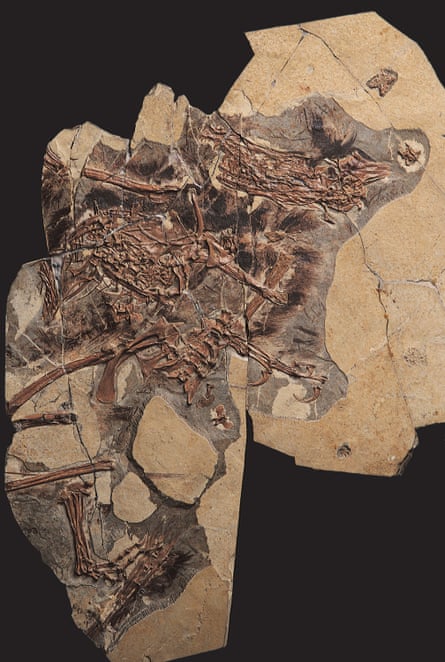
The Caudipteryx dongi specimen on display is the holotype: the precious, original fossil which was first formally described and named. It had large, symmetrical feathers on its small arms, and this small oviraptorosaur also bore a small fantail, and downy feathers over its entire body. Its preserved stomach contents show that it swallowed an impressive number of gizzard stones, or gastroliths, to help grind its food.
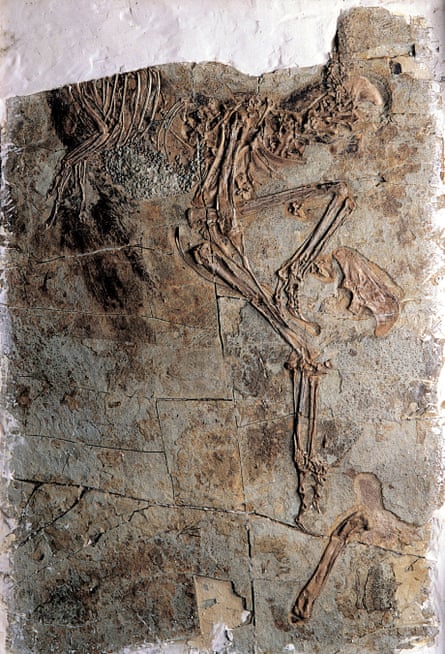
The holotype specimen of Microraptor gui is equally remarkable. With feathered arms and legs, this four-winged dromaeosaurid dinosaur is thought to have been capable of powered flight. Positioned between the holotype of Microraptor and an original specimen of Yanornis, an early Cretaceous true bird with large wings and a strong sternum (breastbone) is the most controversial specimen in this exhibition: a cast of the infamous fake dino-bird “Archaeoraptor”. The arrangement of this display is no accident, since after “Archaeoraptor” was hastily published in the National Geographic magazine in 1999 and subsequently discredited, it has been shown to be a composite forgery composed of the head and upper body of Yanornis, the tail of Microraptor, and the legs of an as-yet unidentified animal.
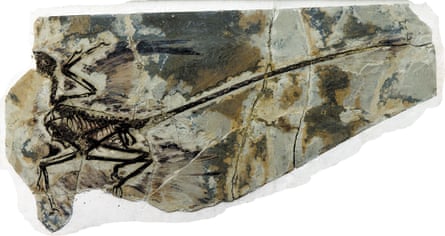
The Archaeoraptor scandal is still sometimes cited by creationists as ammunition to discredit the now well-established concept that birds are dinosaurs. The astonishing collection of evidence of feathered dinosaurs, early birds and dinosaurs exhibiting bird-like behaviour assembled in this exhibition easily dispels any such arguments. This exhibition should be on the to-do list for anyone dino-curious in the UK this summer.
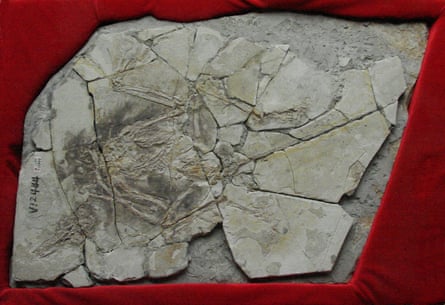
The fossils in this exhibition are on loan from the Institute of Vertebrate Palaeontology and Paleoanthropology in Beijing, and the Longhao Institute of Geology and Paleontology Inner Mongolia.
- The Dinosaurs of China: Ground Shakers to Feathered Flyers exhibition at Wollaton Hall, Nottingham, UK, runs until 29 October 2017.
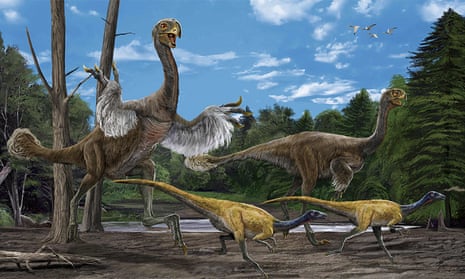
Comments (…)
Sign in or create your Guardian account to join the discussion